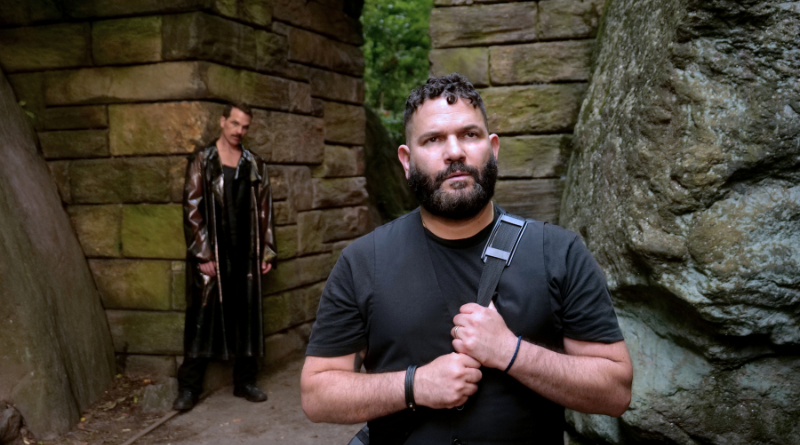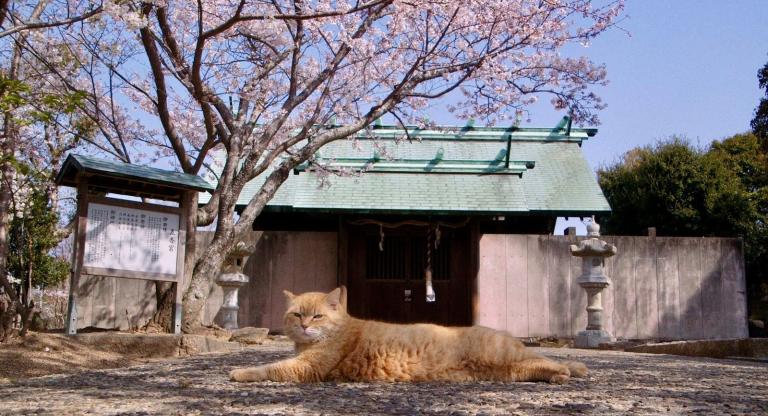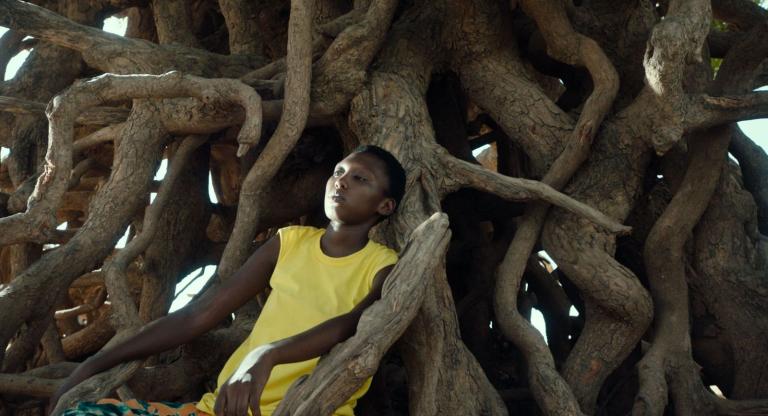In 1997, Todd Verow famously proclaimed “film is dead,” heralding a new era of digital video filmmaking. The director and cinematographer (who lenses not only his own films but some of the underground icon Jon Moritsugu’s as well) has since channeled a unique DIY impishness and resourcefulness into countless features, shorts, and documentaries that have made him an icon of New Queer Cinema.
His latest micro-budget feature, You Can’t Stay Here (2023), is an erotic thriller staged against the backdrop of the AIDS crisis in the early 1990s. Set largely in the legendary Central Park cruising spot The Ramble, the film features Guillermo Diaz in a dazzling performance as a man with nowhere to go. Diaz’s character explores his own sexual desire through photography, but his pictures may have also caught the attention of a serial killer who is targeting cruisers. Verow’s latest feels like a hallucinatory fairytale that invites viewers into the labyrinthine world of The Ramble with all its excitement and danger.
The indefatigable New York filmmaking fixture graciously made time to discuss his new movie and the psychology of cruising, and how to make truly independent filmmaking sustainable.
Chris Shields: I noticed in the new film almost a reaction to lockdown, to Covid, to this distancing that had been happening for so long.
Todd Verow: Well, during the Covid pandemic I had heard that people were going to The Ramble, which is a part of Central Park where cruising historically takes place. So I went to check it out and saw that there were a great deal of people there, and they were all wearing masks and engaging in all sorts of different activities. During lockdown we were all so isolated and just interacting with people on Zoom and other internet platforms. I think as human beings we really need a physical connection with another human being. And I think that triggered people to seek out places like The Ramble where they could do that. Before the pandemic, everyone was cruising on their apps, on their phones and going to places like The Ramble less. It was really interesting that people have drifted back to that aspect of cruising.
CS: It gives real form to this idea that people need human contact, but also a slight distance is where eroticism is born. And I think that's a big part of the film—getting close, but maybe not too close, and what can happen if you do. And Guillermo Diaz has an amazing performance in which we watch that play out.
TV: Guillermo and I talked a lot about cruising, and one thing we agreed on was that it's really about going someplace where something could happen and being in that environment where sex is in the air, but it's not necessarily something you're going to engage in. It's something where you can just be in this state of arousal constantly. And I think that's what people get wrong in movies a lot of times; they think that people are just going there to quickly get off. And yes, people do that, but also I think part of the appeal of it is being in that environment and not getting off. Staying in that state of arousal as long as you possibly can. And the interesting thing about it is anything could happen, so you're in this heightened state of awareness where you could get beaten up, you could get arrested, you could have sex with somebody. All those things are possible.
It’s a mix of everyone. All age groups, all ethnicities coming together. If you go on an app, you're looking for someone of this specific type and you're going to find that specific type. Whereas if you go cruising somewhere, you might meet someone that you're not expecting at all and have a really interesting interaction with them, even if it's just making eye contact or having sex with them.
CS: Was that something Guillermo was interested in?
TV: Guillermo contacted me and said he wanted to do something. I had been thinking about doing something about cruising. He's had his own experiences, growing up in New York. So we incorporated stories from our past, but also stories from people we met at The Ramble and also based on real events that happened there in the '90s. He's just so great to work with. He's so expressive and as a photographer he's so exciting to photograph. His eyes are just so great.
CS: You mentioned anything can happen while cruising. There's a vulnerability to being out in this real space. That’s something the film Cruising (1980) gets at is that play between strength and vulnerability. I really love your film because I think you get a little more of that vulnerability. As much as I love Cruising, this feels like a corrective where you get a little more humanity.
TV: That was one of the things I was thinking about. I love Cruising too, but I've always had a problem with the cruising scene in The Ramble because it's all these leather men posing around, and that's not what it is at all. Everybody goes there and it's this mix of people. Like you're saying, it's about vulnerability and letting yourself go and seeing what happens.

CS: And you might not just meet partners for sex. You might meet interesting characters like the Raccoon Man. Is that someone you met through making the film?
TV: Yeah. When we were working on the story and the script, Guillermo and I went there a few times and we met the Raccoon Man and talked with him quite a bit. I wrote a scene for the Raccoon Man, and we thought we'd get an actor to play him, but then both of us decided that it really needs to just be him because he has such a relationship with the raccoons. It took some convincing to get him to do it, but luckily he agreed.
CS: So many of your films take place in these liminal spaces, with people that don't really have anywhere to go. I feel like The Ramble was your ultimate location.
TV: I guess that is something I think about a lot: where is your place in the world, and where do you belong? That's where the title comes from, You Can't Stay Here; he can't stay with his ex-wife because that's not who he is. He can't stay with his mom because she's crazy and abusive—he has no place. When he goes to The Ramble, it feels like that's where he should be, but he can't stay there either. That's something I think about a lot with my own life too. It's figuring out where you belong and who your friends and your family are and who your lovers are. Figuring that all out is a big part of my work and certainly a big part of this film too.
CS: The Ramble is the perfect setting because there is a fairy-tale quality. So much takes place in the woods, and there’s not always a clear sense of exactly where you are. It was really powerful and disorienting.
TV: It's like the entire place was designed for that. That's what I think is so interesting. You walk through this archway and you enter this netherworld or other world. And it's funny because when we were going there to research, we would get lost. So it took me a good couple of weeks to actually figure out where everything was and not get lost.
CS: Can you talk about directing and working with a mix of performers, people who are less experienced and sometimes people who are really experienced.
TV: I like to work with a variety of different people. I really like to work with experienced people like Guillermo, and he actually got Marlene Forte and Vanessa [Aspillaga] and Karina [Arroyave]. He worked with them before and was friends with them, so he got them involved. Jack Waters is someone I met when I first moved to New York and I've always found him really interesting. And Justin Ivan Brown is somebody who I've worked with on a couple of movies, and I thought this would be a good challenge for him. Some of the smaller parts are people we actually met in The Ramble, like the Raccoon Man. I like working with that mixture of really experienced professional actors and people that don't have so much experience but are able to naturally be a character and be in front of the camera, which I think is really hard for a lot of people.
CS: Having worked with you briefly as a background actor at one point, I know you really give a sense of comfort and fun on set. I've always been impressed by that. You see that in the films.
TV: I love making movies, and I like to have fun making movies. I've been on so many sets where everyone's on some power trip, and it's just not pleasant. That always baffles me because we're doing this amazing thing and it's so much fun. So I like to be a part of it. That's why I like to be the camera operator—because I want to be in on the action. I want to be there with all of my actors. It's so much fun, and it's such a great experience. I love making movies. I love shooting movies, so I want everyone to also be a part of that.
CS: You've always been really consistently making work, but I feel like there's even been a renaissance recently. You're putting out a lot of shorts and features, including documentaries. Are you finding this to be a particularly good time for you as a filmmaker or maybe a certain kind of independent film in general?
TV: Yeah. I think the key is just making the things that you want to make and making them for yourself. And if people like them, that's great. But if not, at least you had a good time making it. I love making films and experimenting with different formats and different styles. So after I finish a film, I want to make another one. It is a really interesting time because there are a lot of people that are doing the same thing: making films that they want to make. And the key to sustainability is doing that, is keeping your budget low and working with people you trust and hopefully making some money that you can put into the next movie and you can keep going. I think that's the way to be.
You Can’t Stay Here opens tomorrow, January 5, at IFC Center. Director Todd Verow and actor Guillermo Diaz will be in attendance Q&As at select screenings this weekend.



